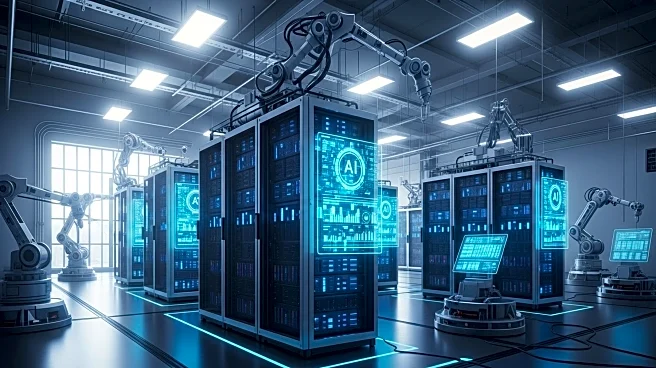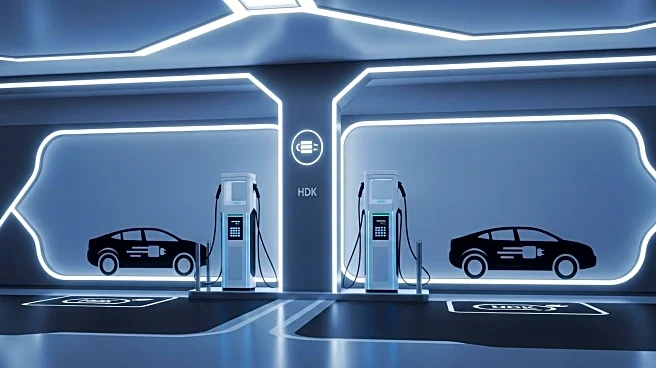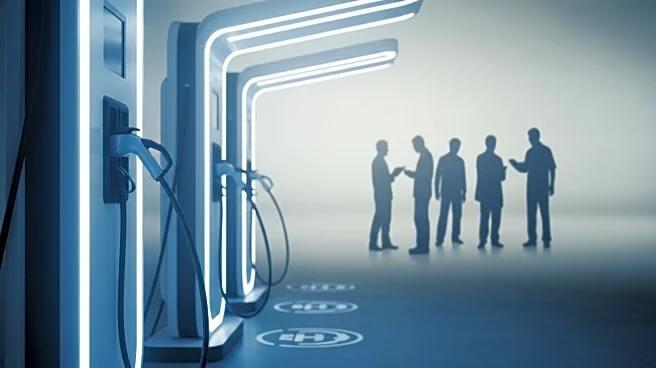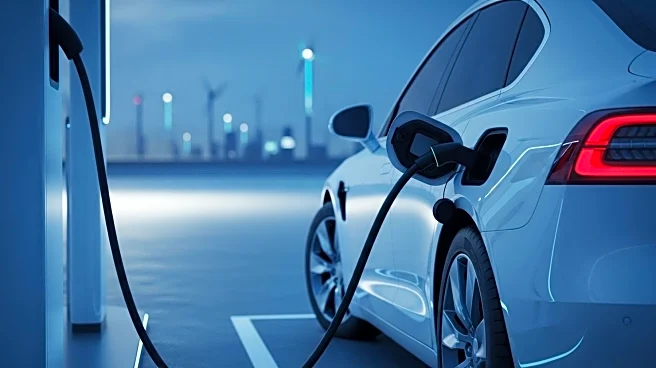What's Happening?
In 2025, the automotive industry in the United States is experiencing significant challenges due to tariffs on imported parts. Ford has estimated a $3 billion impact from tariffs, while Volkswagen plans to increase prices on some models by up to 7%. These tariffs are contributing to rising car repair costs, which have increased by 15% year-over-year. The situation is exacerbated by other factors such as the aging of vehicles on the road, advancements in vehicle technology, and a shortage of qualified technicians. As a result, even drivers who are not purchasing new vehicles are affected by the increased costs of repairs.
Why It's Important?
The rising costs of car repairs due to tariffs have broader implications for the U.S. economy and consumers. Automakers are facing billions in additional costs, which are beginning to be passed on to consumers. This could lead to higher prices for new vehicles, affecting consumer purchasing decisions and potentially slowing down the automotive market. The increased repair costs also place a financial burden on consumers who are keeping their vehicles longer, impacting household budgets and spending. The situation highlights the interconnectedness of global trade policies and domestic economic conditions.
What's Next?
As the year progresses, automakers may be forced to further increase prices on new vehicles if tariffs continue to impact their bottom lines. Consumers might consider purchasing new cars before potential price hikes, although they should weigh the costs of depreciation and higher insurance and registration fees. The automotive industry may also seek to negotiate trade agreements or find alternative supply chains to mitigate the impact of tariffs. Economists predict that trade conditions could worsen by 2028, suggesting that tariffs may continue to rise, affecting the industry and consumers alike.
Beyond the Headlines
The tariff situation raises questions about the long-term sustainability of current trade policies and their impact on the automotive industry. It also underscores the need for skilled technicians to handle increasingly complex vehicle systems, highlighting a potential area for workforce development. Additionally, the situation may prompt discussions on the balance between protecting domestic industries and maintaining affordable consumer prices.











